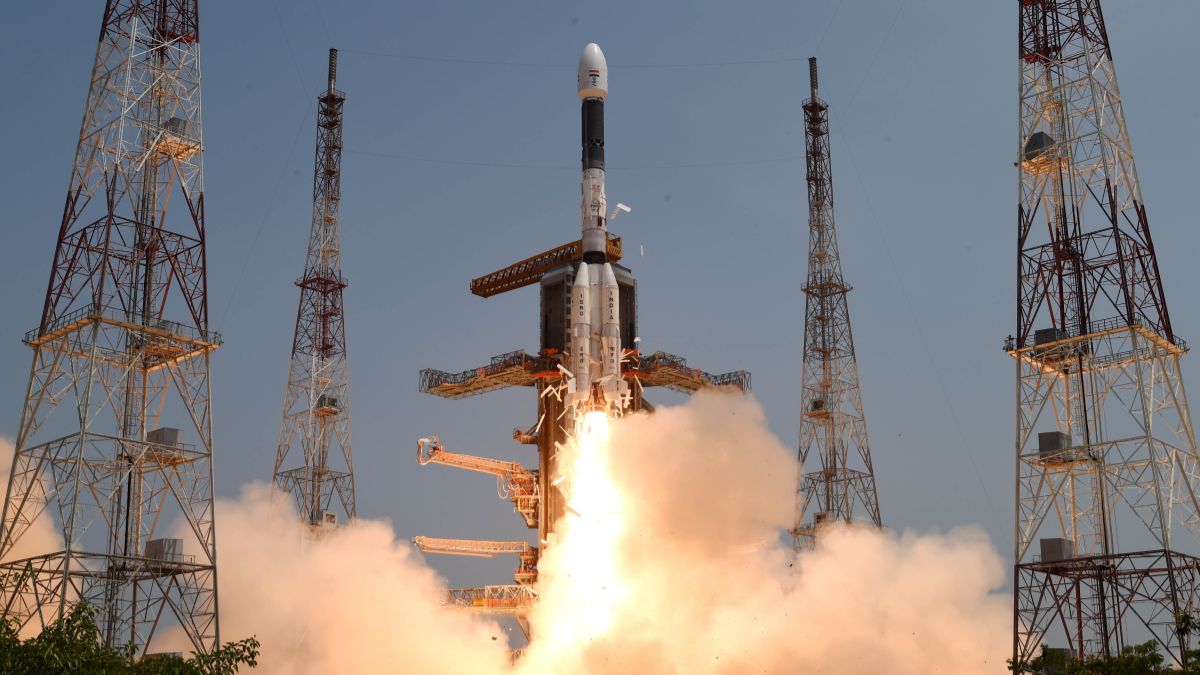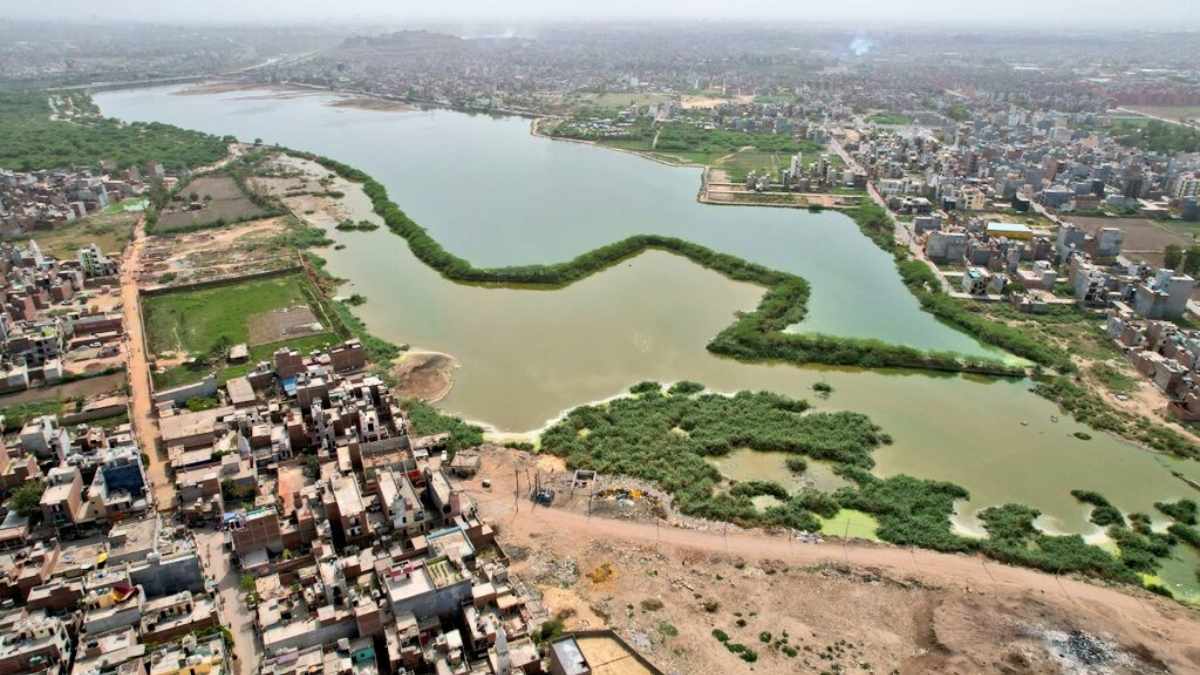India’s national space agency, ISRO (Indian Space Research Organisation), has launched several satellites and rockets and made a name for itself. Recently, they successfully launched the GSLV-F12 rocket that was carrying the NVS-01 satellite. But why was this launch necessary? Here’s everything you need to know about ISRO’s new satellite.
ISRO Celebrates The Successful Launch Of NVS-01 Satellite!
GSLV-F12/NVS-01 Mission:
GSLV F12’s 🚀
thunderous roar into the skies…..Turn up the volume 🔊🔊
to enjoy this tracking 📽️ by our colleagues
at SDSC-SHAR, Sriharikota! pic.twitter.com/XZeE5LWgKW— ISRO (@isro) May 29, 2023
NVS-01 satellite was successfully launched by the Indian Space Research Organisation (ISRO) on Monday from the Satish Dhawan Space Centre (SDSC) in Sriharikota. According to the space agency, by offering precise and immediate navigation, the NVS-01 will improve India’s national navigation system.
They shared pics and videos of the launch on Twitter where you can see the GSLV-F12 rocket being launched. Moreover, they even shared images of the satellite. According to a Hindustan Times report, the satellite has been placed in a precise orbit.
Also Read: ISRO Breaks Coconut As Nisar Satellite Takes Off From America To Reach India For The 2024 Launch
India’s First Indigenous Navigation System
GSLV-F12/NVS-01 mission is set for launch on Monday, May 29, 2023, at 10:42 hours IST from SDSC-SHAR, Sriharikota. https://t.co/bTMc1n9a1n
NVS-01 is first of the India’s second-generation NavIC satellites 🛰️ that accompany enhanced features.
Citizens can register at… pic.twitter.com/OncSJHY54O
— ISRO (@isro) May 23, 2023
ISRO has built a regional navigation satellite network called Navigation with Indian Constellation (NavIC) to satisfy the nation’s positioning, navigation, and timing needs. It was previously named as The Indian Regional Navigation Satellite System (IRNSS). The next-generation NavIC satellite will be launched by the GSLV launch vehicle on the NVS-01 return flight mission. The IRNSS-1G satellite, which was launched in 2016, will be replaced by this one.
ISRO’s mission announcement explains that NavIC satellites will be used for terrestrial, aerial, and marine transportation, location-based services, personal mobility, resource monitoring, surveying and geodetic work, scientific research, time distribution and synchronisation, and the dissemination of life-saving alerts.
NavIC is anticipated to offer a better focus on India than GPS. Cab aggregators and online meal delivery platforms use GPS as the foundation for the delivery of services like cab rides and food. These applications may take advantage of the standard position service created for civilian users.
Additionally, NavIC provides a restricted service for important clients, such as the military. Compared to the GPS, the NavIC, or Navigation using Indian Constellation, is less expensive.
Also Read: Alarming! ISRO’s Latest Images Show Joshimath Sank 5.4 cm In 12 Days
The change to NavIC can directly affect your finances by making the mentioned services less expensive.
Cover Image Courtesy: ISRO/ Twitter
First Published: May 30, 2023 11:19 AM



